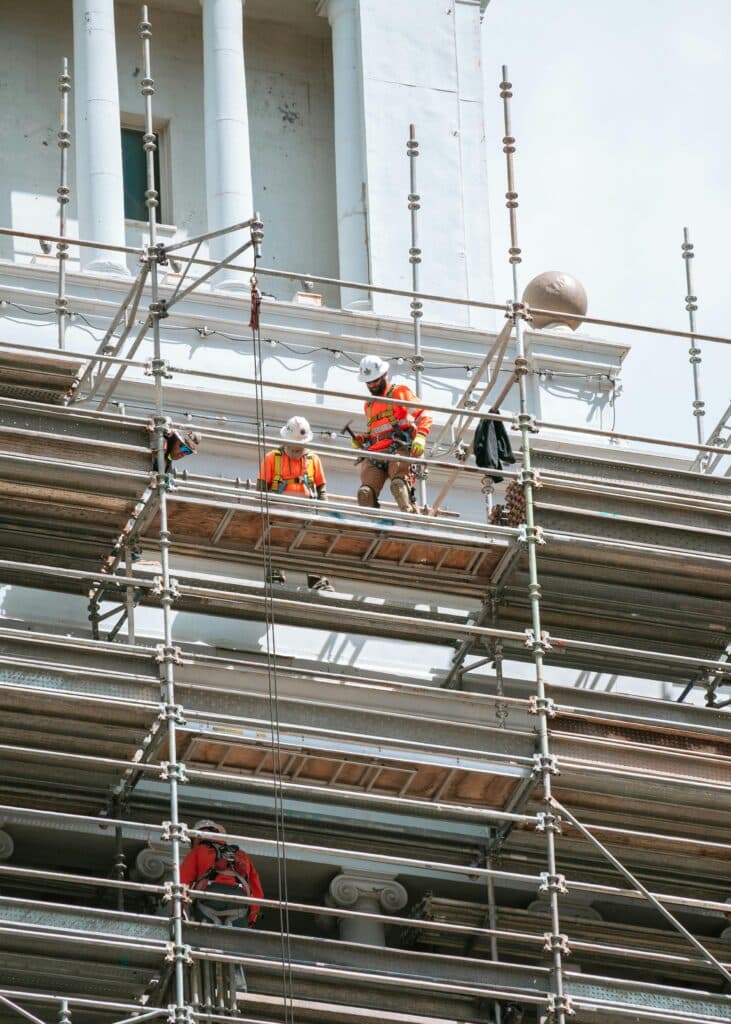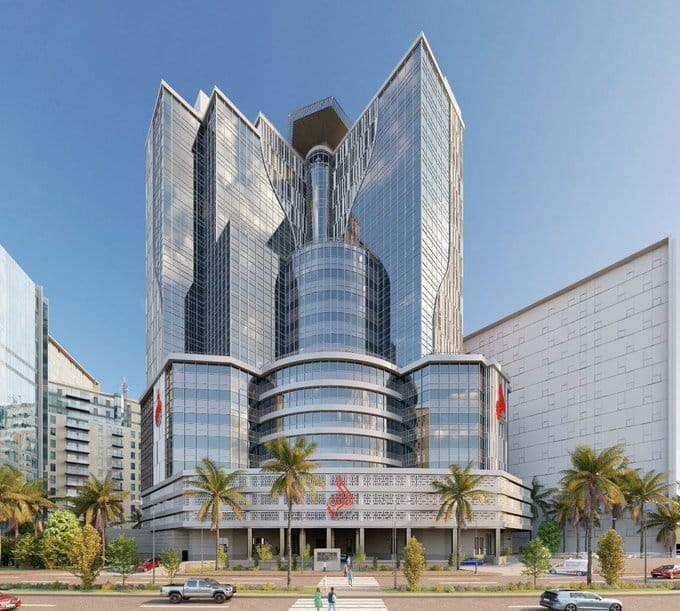The California High-Speed Rail project is currently facing a critical challenge as the federal government threatens to withdraw $4 billion in funding. Despite this, recent polls show that 67% of California voters strongly support continuing this ambitious transportation initiative. This contrast between financial hurdles and popular backing highlights the project’s importance in shaping California’s future mobility.
Project Overview and Geographic Location
Construction began in 2019 on the initial 171-mile segment located in California’s Central Valley, stretching between Bakersfield in the south and Merced in the north. This phase forms part of the larger 495-mile route planned to connect Los Angeles and San Francisco, with an additional proposed extension to Sacramento.
To date, 54 of the 93 essential structures for the rail line have been completed, while 30 more are currently under construction. According to the California High-Speed Rail Authority (CHSRA), the work progresses steadily despite financial and administrative challenges.
| Project Aspect | Details |
|---|---|
| Total Length | 495 miles (795 kilometers) |
| Initial Phase Length | 171 miles (275 kilometers) |
| Structures Completed | 54 out of 93 |
| Structures Underway | 30 |
| Usage | High-speed passenger rail |
| Geographic Area | California Central Valley |
Materials and Engineering Techniques
The project employs advanced materials to ensure durability and safety. Reinforced concrete, designed to withstand seismic activity, forms the backbone of the railway infrastructure. Additionally, insulated glass is used in stations to improve energy efficiency. Cutting-edge technology is applied to reduce vibrations and stabilize tracks in an area prone to earthquakes.
Experienced contractors are engaged to uphold high-quality standards and meet deadlines. This focus on structural integrity and sustainability ensures the rail system will be both fast and safe for passengers.
| Material | Application | Technical Benefit |
|---|---|---|
| Reinforced Concrete | Railway infrastructure | Seismic resistance and heavy load support |
| Insulated Glass | Passenger stations | Energy efficiency and thermal insulation |
| Corrosion-resistant Steel | Bridges and overpasses | High durability and corrosion resistance |

Financial Challenges and Their Impact
In February 2025, the U.S. Secretary of Transportation ordered a review of the $4 billion funding pledged by the federal government, citing repeated delays and significant cost overruns. The Federal Railroad Administration (FRA) has given the California High-Speed Rail Authority 30 days to respond before potentially withdrawing funds.
This funding uncertainty poses significant risks to the project’s timeline and budget. Losing federal support could cause work stoppages and increased costs, affecting contractors and suppliers involved in the project.
Public Support Remains Strong
Conversely, a recent survey by UC Berkeley and Politico revealed strong public backing, with 67% of registered California voters in favor of continuing the rail project. This figure marks an increase from 56% support recorded in a 2022 poll.
| Political Affiliation | Support Percentage (%) |
|---|---|
| Democrats | 82 |
| Independents | 63 |
| Republicans | 42 |
Residents in major metropolitan areas, including Los Angeles and the Bay Area, showed the highest support at 71%. This reflects widespread frustration with traffic congestion and airport delays, fueling demand for efficient, sustainable transportation alternatives.
Impact on Contractors and Building Materials Sector
The project provides vital opportunities for construction firms and material suppliers. It demands state-of-the-art materials and advanced construction methods, encouraging innovation and quality improvements. However, continued funding and financial stability are critical to maintaining the workflow and supply chains.
Despite current funding threats, the California High-Speed Rail remains a flagship example of sustainable infrastructure development. Its success depends on close collaboration among government entities, contractors, and community stakeholders.
In summary, the project illustrates how architectural vision, engineering innovation, and financial management must align to deliver transformative public transportation.
ArchUp is your platform to follow everything “architectural“: news, analyses, and designs from the heart of the modern architectural movement.







